You’ve been reading their articles for months or years, have you ever wondered “Who are the photographers who write for dPS”? Today meet UK photographer Elliot Hook.
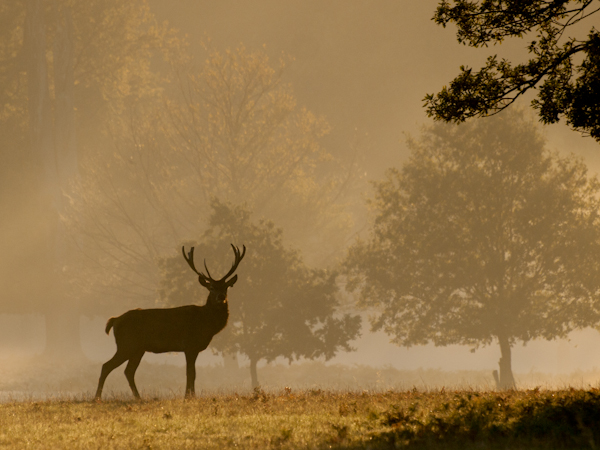
1. How long have you been shooting?
I’ve always taken pictures but it wasn’t until 2009 that I bought my first DSLR and started to seriously learn about photography.
2. Do you have a full time job or are you a full time photographer?
I have a full time job in research science meaning that photography is an ‘all-other-time’ consuming hobby currently. It is unfortunate that work stops me from getting out with my camera as much as I would like, but I am fortunate in that I enjoy my job, and can use photography as a way to unwind at the end of a week.
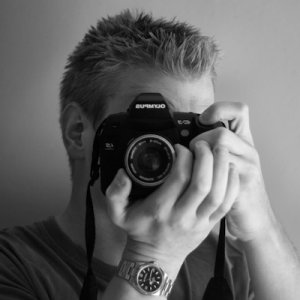
3. If you had to limit yourself to one genre of photography, what would it be and why?
I would have to say ‘outdoor’ photography as it allows me to cover both landscape and wildlife photography in one genre. I seem to alternate between the two in terms of which one I put all of my effort into, though really they are quite similar in terms of my approach – being up and out early for sunrise, trying to make sure I am in the right place at the right time and having patience to wait for the perfect moment. Trying to shoot landscapes or wildlife can be very frustrating as you are at nature’s whim, however, that just makes it all the more rewarding when you do capture that great shot!
4. When did you start writing for dPS and why?
I started writing for dPS in October 2012. It is a blog that has helped to inspire and teach me ever since I bought my first DSLR, so when I saw a post from Darren saying that dPS was looking to recruit new writers, I just had to apply. I really enjoy sharing images, knowledge and tips with others so I’m very happy that I am able to share what I have learned and help people avoid making the same mistakes that I’ve made.
5. What do you shoot with and what is your favorite lens?
I shoot with an Olympus E-3 and two lenses: Olympus Zuiko 12-60 mm f/2.8-4.0 SWD and the Olympus Zuiko 50-200 mm f/2.8-3.5 SWD. I’m not sure that I could pick a favourite of the two as they are each perfect for their intended use. The 12-60 mm gives me a great 24-120 mm effective focal length, perfect for landscaping and as a walk around lens. The 50-200 mm, when coupled with a teleconverter, gives me up to 560 mm effective focal length, perfect for capturing wildlife. Both give amazingly quick autofocus performance and both are fully weather sealed; I couldn’t ask for much more.
6. What would be your number one tip to any new photographer?
Don’t obsess about having the latest and greatest kit; it isn’t the camera or lens that defines the photographer or photograph they can produce. I see far too many folk out and about using top of the range cameras that they have no idea how to operate. My advice would be to just get out there and learn how to use your camera. The more comfortable you are with your camera, with its strengths and flaws, the more likely you will be to capture that special moment.
Oh, and get out before sunrise. The world is a completely different place before everyone else wakes up!
7. What’s your next big project?
There are so many things I want to try and get stuck into in 2013 that I don’t quite know where to begin. I don’t have any projects defined currently, but I have just booked my first trip to the Isle of Skye in Scotland for early in the year. It looks to be a landscape photographer’s dream, so I really can’t wait to go.
8. Where can people go to find out more about you and your work?
More of my photography can be found on my website at , or on my 500px or Flickr pages. I’m also on twitter.
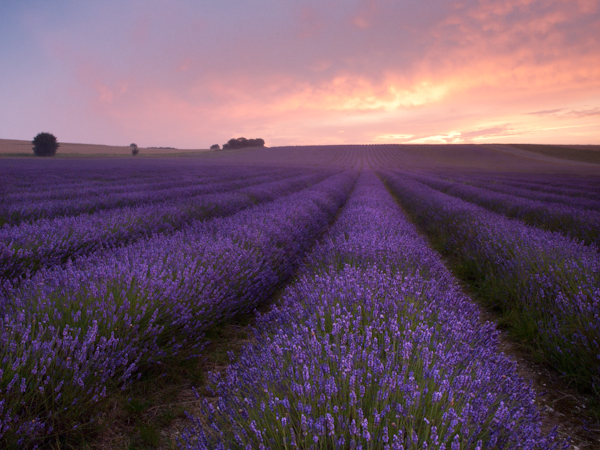
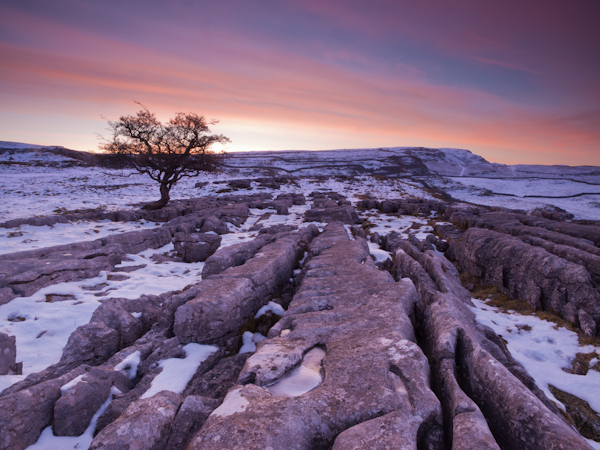
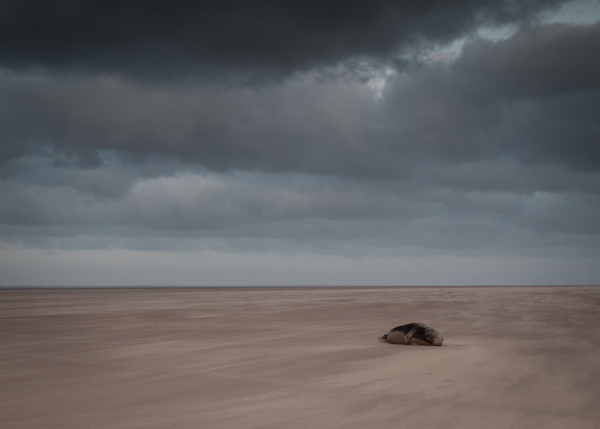
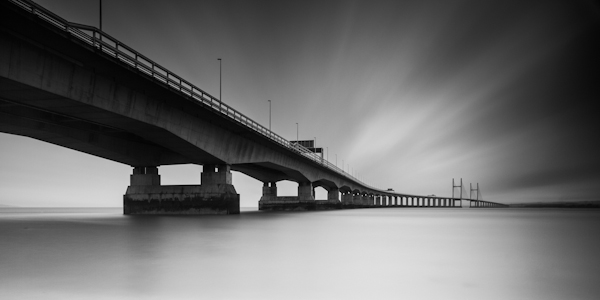
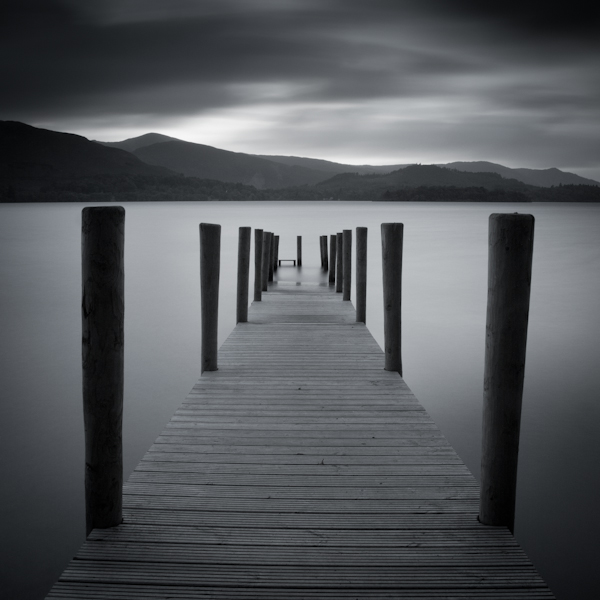
Post originally from: Digital Photography Tips.
Check out our more Photography Tips at Photography Tips for Beginners, Portrait Photography Tips and Wedding Photography Tips.
Meet The Photographers Who Write For Digital Photography School ~ Elliot Hook
You must be logged in to post a comment.